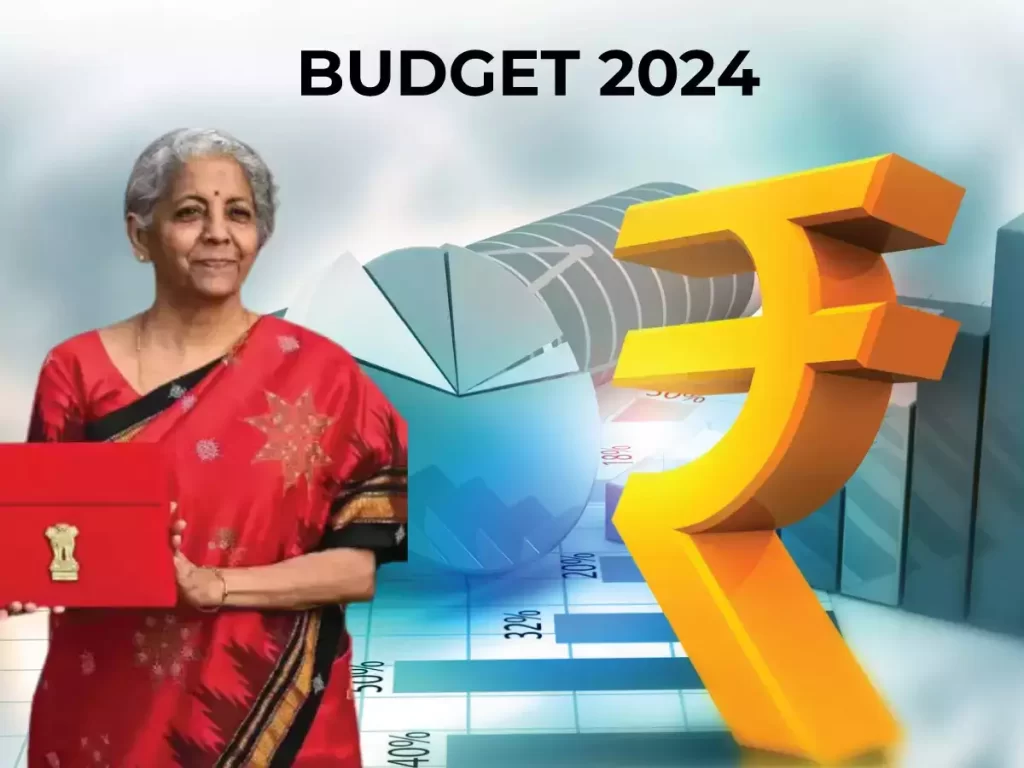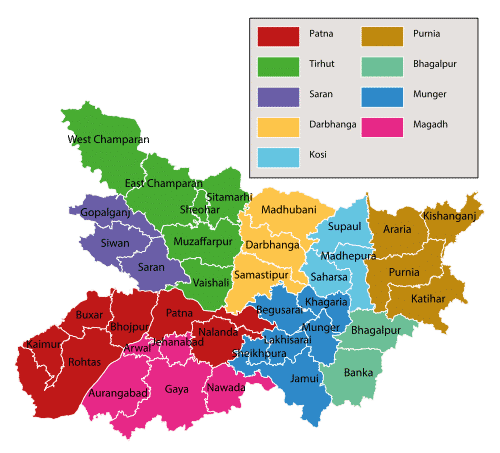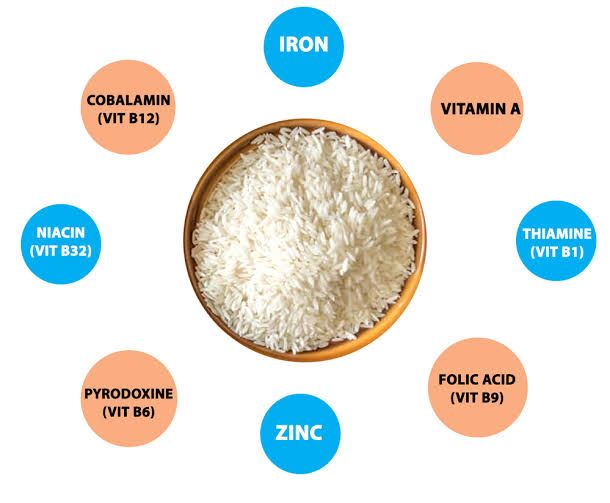Recently, the Mumbai Police has claimed about a scam about the manipulation of TRPs (Television Rating Points) by some TV channels by rigging the devices used by the Broadcast Audience Research Council (BARC) India.
There are some fundamental questions like
- what is TRP?
- Who are Viewers?
- Who gives television ratings?
- Method of calculation of TRP.
- Loopholes in calculation.
- what are the ways forward?
What is a TRP?
TRP is a special tool for television rating points to assess which programs or channels are most viewed on TV. It shows the choice of the people and it is directly related to the program shown on TV.
Companies and advertising agencies take advantage of this rating because it helps them decide which programs can be seen more during their programs.
This means that the program or TV channel will get more advertisements at the forefront of TRP ratings, that is, it will get more money.
Who are viewers?
In simple terms, anyone who watches television for more than a minute is considered a viewer.
Who gives television ratings?
Till 2008, TAM Media Research (TAM) and Audience Measurement and Analytics Limited (AMAP) used to give TRP ratings on a commercial basis.
According to the Telecom Regulatory of India (TRAI), the work of these two agencies was not only limited to a few big cities, but the panel size for audience measurement was also limited.
In the same year, TRAI recommended the Broadcast Audience Research Council (BARC) for self-regulation led by industry representatives from the Ministry of Information and Broadcasting.
After this, Barc came into existence in July 2010. Even after this, the work of giving television ratings continued only by TAM whereas AMAP stopped this work.
Meanwhile, the round of discussions on this issue continued. In January 2014, the government issued policy guidelines for television rating agencies and under this, in July 2015, BARC was recognized for granting television ratings in India.
Since TAM did not register for this in the Ministry of Communications, he stopped this work. With this, BARC became the only agency in India to provide television ratings.
BARC includes the Indian Broadcasting Foundation, the Indian Society of Advertisers and the Advertising Agency Association of India as representatives of the industry.
How is the rating done?
BARC works on two levels for rating –
First, a large-scale survey is conducted about what is being seen in television in homes. For this, a special meter is put on the TV which keeps track of the channel being watched on television.
Secondly, to know what people like to watch more, data on which channels and programs are run on TV sets on restaurants and food shops are also collected.
Currently, data on TV programs are collected from 44,000 households. BARC is trying to increase this target panel to 55,000 by 2021. At the same time, the total sample size for restaurants and food shops is 1050.
The data collected is released every week
Methodology of Calculation:
Bar-o-meters: BARC has installed Bar-O-meters in over 44,000 empanelled households. These record viewing details as well as audio watermarks of content.
Audio watermarks are embedded in video content prior to broadcast. These watermarks are not audible to the human ear, but can easily be detected and decoded using dedicated hardware and software.
Selection of Households: The households are chosen by an annual Establishment Survey which is a large-scale face-to-face survey of a sample of approximately 3 lakh households from the target population.
The panel chosen to capture TRPs must be representative of the country’s population, and the methodology must be economically viable for the industry.
Classification of Households: These households are classified into 12 categories under the New Consumer Classification System (NCCS) adopted by BARC in 2015, based on the education level of the main wage earner and the ownership of consumer durables from a list of 11 items ranging from a power connection to a car.
Data Collection: While watching a show, members of the household register their presence by pressing their separate viewer ID button.
This captures the duration for which the channel was watched and by whom and provides data on viewership habits across age and socio-economic groups.
In India, the TRP is recorded by the Broadcast Audience Research Council using Bar-O-Meters that are installed in televisions in selected households.
As on date, the BARC has installed these meters in 44,000 households across the country. Audio watermarks are embedded in video content prior to broadcast. These watermarks are not audible to the human ear, but can easily be detected and decoded using dedicated hardware and software. As viewing details are recorded by the Bar-O-Meters, so are the watermarks.
Significance of TRP
- These influence programmes produced for the viewers. Better ratings would promote a programme while poor ratings will discourage a programme.
- TRPs are the main currency for advertisers to decide which channel to advertise on by calculating the cost-per-rating-point (CPRP).
Limitations of TRP or Loopholes in the Process
- The panel can be infiltrated or tampered by bribing viewers or cable operators or tampering with the selection of panel.
- If the sample size is very small, e.g. for English News channels, the manipulation becomes easier as even manipulating a few homes will change the TRP.
- There is an absence of any specific law through which the agents/suspects involved in panel tampering/infiltration could be penalised.
- About 70% of the revenue for television channels comes from advertising and only 30% from the subscription. Dependence on advertisements for revenue is leading to broadcasting content which suits the advertisers.
Way Forward
- Increasing the sample size so that the results are more accurate, developing a legal framework for the regulation of TRP and chip-based activity logs through all set-top boxes are some of the things that can be done by the government in conjunction with the Telecom Regulatory Authority of India (TRAI) to make the calculation of TRP fair and precise.
- The subscription rates, which are controlled by the TRAI, should be raised so that TV channels are not forced to serve the lowest common denominator.
Also refer :
- Download the pdf of Important MCQs From the History Of Ancient India
- List Of Important Inscriptions In India
- Geography Study Materials : click here.







